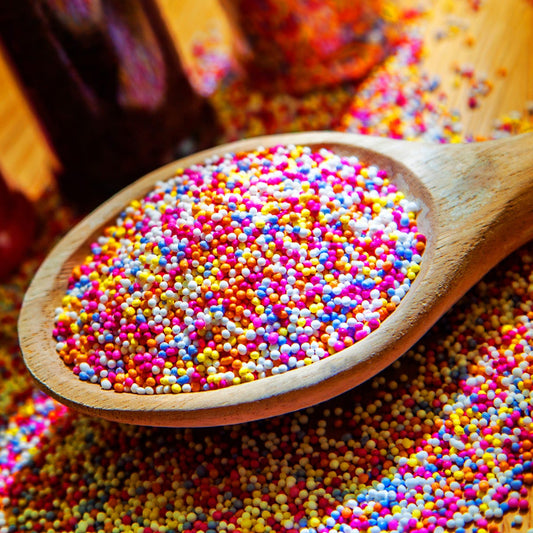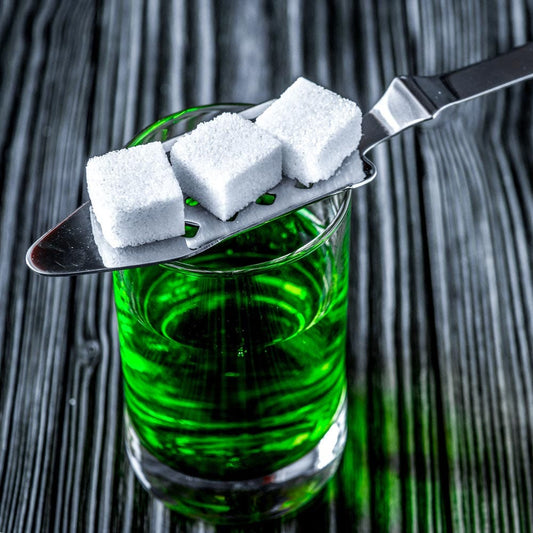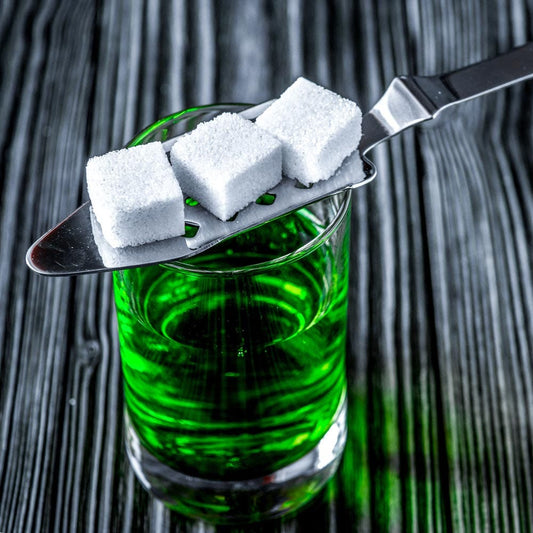How to Make Melt and Pour Soap
MATERIALS
- Melt and Pour Soap Base
- Liquid Soap Dye - your preferred colour (optional)
- Fragrance (optional)
- Clam Shell Mould
- Digital Scale
- Wax Pouring Jug
ADDITIONAL EQUIPMENT
- Spatula
- Chopping board
- Knife or Tool (to cut the soap base)
- Plastic wrap
- Microwave
- Small Glass Container (for fragrance oil)
STEPS
Step 1 - Prepare Materials and Work Enviroment
Ensure that your moulds are clean if they have been used in the past. Clean moulds in warm, soapy water and leave to dry completely. It is also a good idea to clean your work environment to avoid any kind of cross-contamination, particularly if you are working in the kitchen or areas that children occupy.
Prepare your melt and pour base by cutting the block into smaller pieces (1-inch cubes approximately) for quick and easy melting. This can be done easily by using any sharp knife and a standard cutting board from the kitchen. Ensure both are clean and dry before use. If you do not require the whole block, measure the amount needed and cut the block accordingly. Cutting down the block is essential as melting the base as whole will take far too long and could cause the base to burn.
The melt and pour soap base contains glycerine which allows it to melt. However, this ingredient is a natural humectant and can attract moisture in the air and form what is known as 'glycerine dew' on the surface of the soap. In order to avoid this problem, any extra remaining melt and pour soap should be completely covered in plastic wrap and stored in a container in a cool, dry place.
Step 2 - Prepare Fragrance Oil
Place your small glass container on the scale and press 'tare' to remove the weight. Weigh 10mls of fragrance oil. You want your fragrance on hand before you move on to other steps so that the soap does not begin to harden.
Step 3 - Melt
There are two possible methods used for melting the soap base: using a microwave or a double boiler. It is up to personal preference which process you choose. However, it is essential that there is no residual water in either of the processes so ensure the containers and clean and dry before melting!
Method 1: Microwave
Firstly, you will need to find a heat-resistant glass measuring cup or container and some Glad wrap. Place your base into the glass container, cover with Glad wrap to prevent excess moisture escaping and microwave on high for around 30 seconds. The more soap you are melting, the longer the process will take. However, it is generally best to melt the soap in small intervals to prevent burning and boiling the soap. It is also essential to stir the base between each interval to optimise the melting process. For example, after the first 30 seconds stir the soap base and then melt for another 10 to 20 seconds. Repeat until melted.
Method 2: Double Boiler Setting
Prepare your double boiler so the water in the lower pan/bowl is boiling. Ensure the lower pan has sufficient water to melt the base entirely and is not boiling too rapidly. Once you have prepared the double boiler, place the soap base into the upper container (remember you will need to pour out of this container). You may also cover this to prevent excess moisture escaping the soap. However, this is not essential. You will also need to stir the base to ensure thorough melting. This method makes it far easier to observe the soap to prevent burning or boiling.
Please Note: The power of your microwave will determine the time it takes to melt the soap. The type of base you are using will also affect melting times as different bars have different melting temperatures. The soap should melt at around 60 degrees.
Step 4 - Additives
Once the base has been thoroughly melted, you may introduce any soap-friendly dye, fragrance, or essential oil. Once you have introduced these to the base, ensure the additives are mixed thoroughly to prevent an uneven spread. You must also ensure that you do not over-stir the base as it will cause excess air bubbles and can ruin transparency in clear soaps.
Step 5 - Pour
Ensure your silicone moulds are clean, have no residual moisture and are on a level surface. Pour your soap base into the moulds slowly and steadily to prevent excess air bubbles. Make sure you do not overfill the bases as overflowing will cause deformation of your soap bars. Once you have poured your base into the mould, spray some rubbing alcohol onto the base to remove any air bubbles which have appeared. Let your soap cool and harden before moving or removing the moulds. You can place the moulds in a refrigerator. Be aware that moving the mould may damage the soap's appearance.
Step 6 - Remove Soap
After allowing the soap to harden for 24 hours you can gently remove your soaps from the moulds by slowly popping out each individual bar. Gently pull the sides of mould to help loosen the soap bar. Apply light pressure to the centre back of the mould to pop it out. Try not to force the soap as it can break or crack if you are too vigorous and ensure that you do not try to remove the soap prematurely as this can damage the final product.
If the soap is not exiting the mould easily, you can refrigerate the mould for up to 30 minutes and then try again.
Step 7 - Package and Store
Your soap is now ready to use! So go and enjoy your beautiful soap! If you would like to store your soap for later use or reselling, it is important to package it as soon as possible as exposed melt and pour soap can draw moisture from the air and create water droplets on the soap surface. To stop this from happening wrap the soap in plastic, making sure it is airtight. A popular method many choose to use from here is to use a heat gun to gently melt the excess plastic and seal the soap wrap. You can then add labels or other packaging!
Now bask in the glory of your gorgeous, handmade soap!









